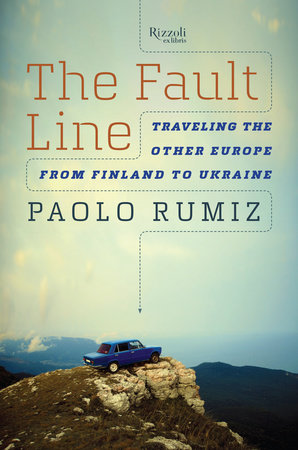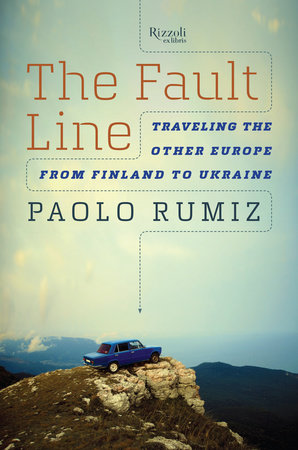The Fault Line: Traveling the Other Europe, from Finland to Ukraine
Author Paolo Rumiz, Translated by Gregory Conti
- Publish Date: March 03, 2015
- Format: eBook
- Category: History - Social History
- Publisher: Rizzoli Ex Libris
- Pages: 256
- US Price: $14.99
- CDN Price: $27.95
- ISBN: 978-0-8478-4545-3
Reviews
“In this hypnotic travelogue, Italian journalist Rumiz weaves a poetic narrative about his 2008 journey along the length of the former Iron Curtain…There’s an unlikely poetic beauty to his flowery, indulgent prose…He lovingly describes his escapades and experiences, conjuring up places few tourists ever visit, exposing the dichotomy between the modernity of the EU and the time-lost ways of the old world, and illuminating a much-overlooked region of the world in a thoroughly fascinating manner. Though he’s given to purple prose and overly colorful descriptions, there’s no denying the allure and appeal of his European odyssey.” –Publishers Weekly
"A glimpse of a hard journey through hard times, highly recommended for those interested in European history and little-known corners of travel." -Library Journal
"It's 'goodbye Iron Curtain; hello, EU scaffolding,' as Rumiz learns in a journey through new post-Soviet Europe." -National Geographic Traveler
"Idiosyncratic, lushly observed and aglow with philosophical asides, this questing travelogue sheds light on regions you’ve never heard of, where traditions endure from other ages. . . Rumiz’s paean to 'peripheral places' shows his readers that dystopian modernity isn’t the only story of the present-day eastern borderlands: A fairy tale lurks between the lines, and those who have enough intuition and courage (and perhaps a Russian translator) can discover it for themselves, if they borrow his map."
-New York Times Book Review

